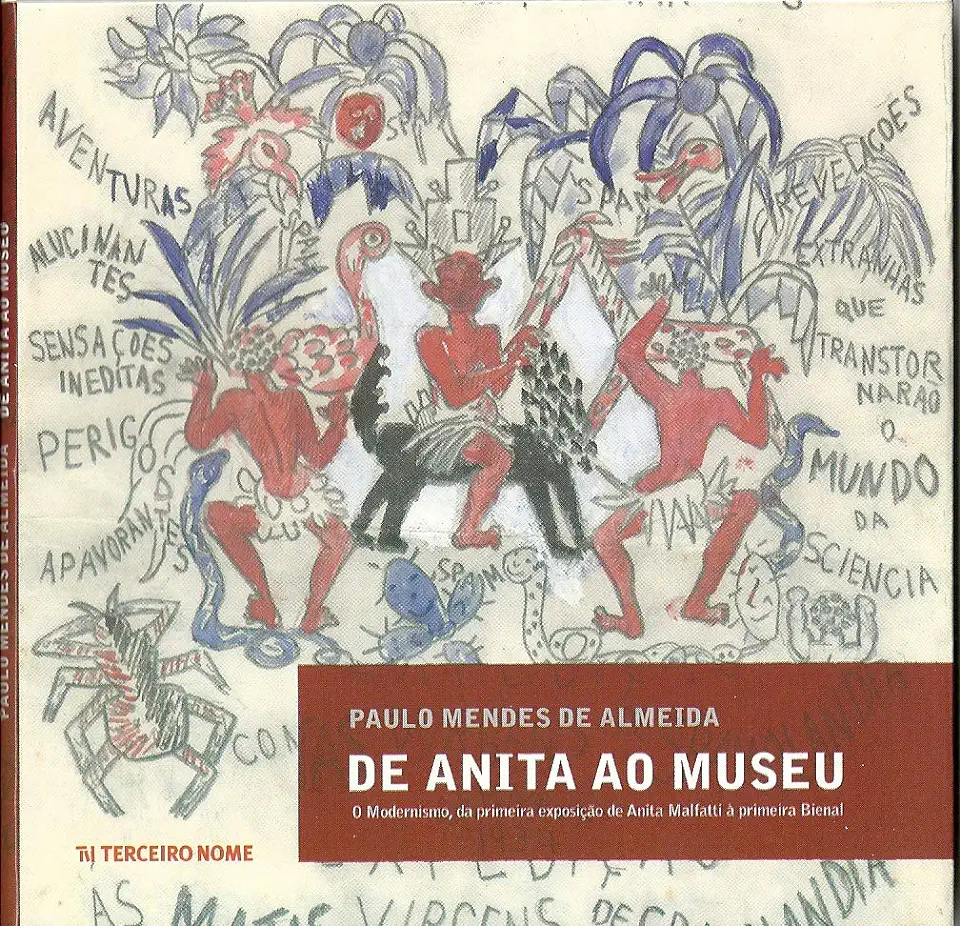
Posters - Paulo Mendes de Almeida
Posters: The Art of Persuasion
Introduction
In the world of visual communication, few things are as powerful as a well-designed poster. With their bold colors, striking imagery, and concise messages, posters have the ability to capture our attention, convey information, and persuade us to take action.
In his book, "Posters: The Art of Persuasion," Paulo Mendes de Almeida explores the history, design, and impact of posters, from their humble beginnings as simple advertisements to their evolution into powerful tools for social and political change.
A Brief History of Posters
The history of posters can be traced back to the early days of printing, when they were used primarily for commercial purposes. However, it was not until the late 19th century that posters began to be used as a form of artistic expression.
In the 1890s, a group of artists in Paris known as the "Nabis" began to experiment with poster design, using bold colors, flat shapes, and simplified forms to create visually striking images. This new style of poster design quickly spread throughout Europe and the United States, and posters became an important part of the Art Nouveau movement.
In the early 20th century, posters were used extensively for political and social causes. The Russian Revolution of 1917 saw the rise of the Constructivist movement, which used bold geometric shapes and dynamic typography to create powerful propaganda posters. In the United States, posters were used to promote the war effort during World War I and World War II, and to raise awareness of social issues such as poverty and discrimination.
The Design of Posters
The design of a poster is critical to its effectiveness. A well-designed poster should be able to grab attention, convey a message, and persuade the viewer to take action.
There are a number of elements that go into the design of a successful poster, including:
- Color: Color is one of the most important elements of poster design. It can be used to create a mood, set a tone, and draw attention to specific elements of the poster.
- Typography: The typography of a poster is also important. The font, size, and placement of text can all affect the overall look and feel of the poster.
- Imagery: The imagery used in a poster can be just as important as the text. Images can be used to convey a message, create a mood, or simply add visual interest.
- Layout: The layout of a poster is also important. The way that the elements of the poster are arranged can affect the overall impact of the design.
The Impact of Posters
Posters have had a profound impact on society. They have been used to promote products, sell ideas, and change the world.
Posters have been used to raise awareness of social issues, promote political campaigns, and even start revolutions. They have the power to inform, educate, and inspire.
Conclusion
Posters are a powerful form of visual communication that can be used for a variety of purposes. They can be used to promote products, sell ideas, and change the world.
If you are interested in learning more about the history, design, and impact of posters, then I highly recommend reading "Posters: The Art of Persuasion" by Paulo Mendes de Almeida. This book is a comprehensive and visually stunning exploration of the world of posters, and it is sure to leave you inspired.
Enjoyed the summary? Discover all the details and take your reading to the next level — [click here to view the book on Amazon!]